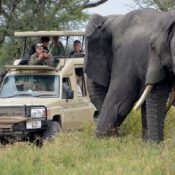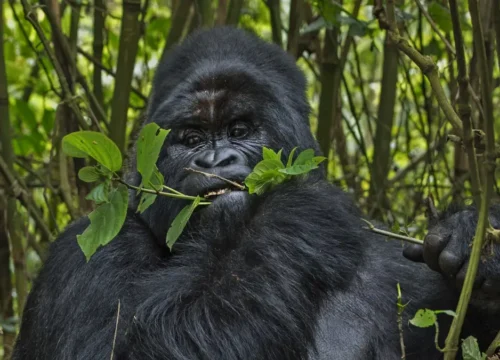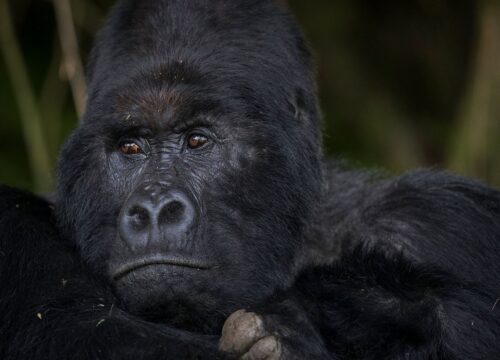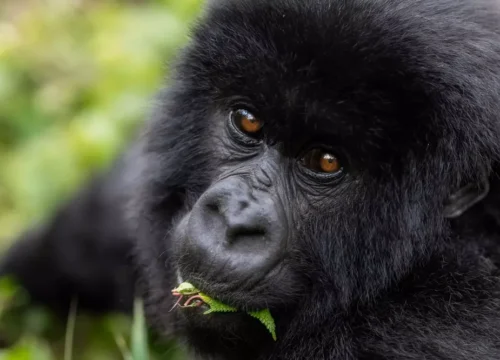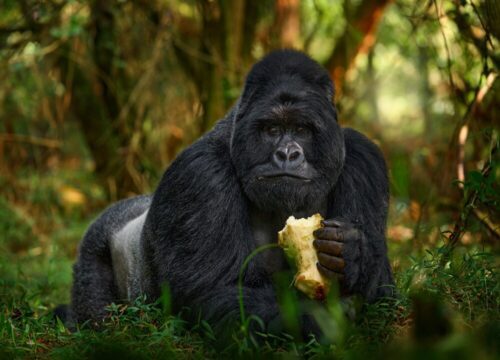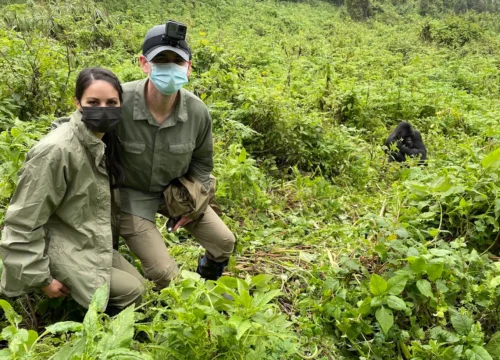Hwange National Park
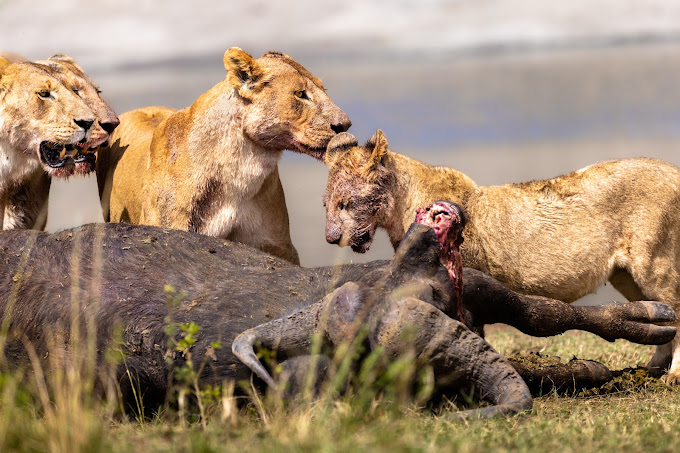
Hwange National Park, Zimbabwe’s largest and most renowned wildlife reserve, is an epitome of African wilderness. Spanning over 14,650 km² (5,656 mi²), it is a haven for wildlife enthusiasts and offers an unforgettable safari experience.
This Park is easily accessible from the world-famous Victoria Falls, making it a convenient and exciting destination for safari-goers. Nextgen Safaris, a premier tour company based in Zambia, is proud to offer immersive tours to this magnificent park, ensuring that visitors experience the best of Hwange’s natural beauty and biodiversity.
Overview of Hwange National Park
Hwange National Park stands out for its impressive biodiversity and vast landscapes. Located on the eastern edge of the Kalahari Desert, the park features diverse habitats such as teak forests, mopane woodlands, and thornveld. Despite its remote location, Hwange is well-known for its thriving wildlife population, including the iconic Big Five—elephant, lion, leopard, buffalo, and the elusive rhinoceros.
Wildlife in Hwange National Park
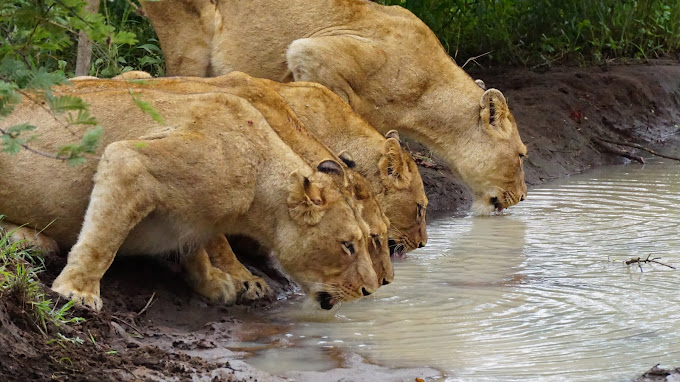
Hwange National Park boasts an extraordinary array of wildlife. With over 100 mammal species and nearly 500 bird species, the park is a paradise for nature lovers and wildlife photographers. The elephant population in Hwange is particularly notable, with up to 50,000 individuals present during the dry season.
This Park is also home to a healthy population of predators, including around 1,000 lions, leopards, cheetahs, and the endangered African wild dog. Additionally, Hwange hosts a remarkable variety of antelope species such as gemsbok, sable antelope, eland, and greater kudu.
Birdwatching in Hwange National Park
For bird enthusiasts, Hwange offers an unparalleled birdwatching experience. The park’s diverse habitats support an impressive range of bird species, including raptors, waterfowl, and songbirds. Notable species include the martial eagle, Kori bustard, and the vibrant lilac-breasted roller. Birdwatching in Hwange is particularly rewarding during the wet season (November to March), when migratory birds arrive, and the park becomes a haven of avian activity.
Best Time to Visit Hwange National Park
Hwange National Park can be visited year-round, but the best time for wildlife viewing is during the dry season, from July to October. During this period, water becomes scarce, and animals congregate around the park’s numerous artificial waterholes, offering visitors spectacular wildlife sightings. The wet season, from November to March, brings lush landscapes and fewer tourists, providing a more serene and intimate experience, though wildlife is more dispersed.
Weather and Climate in Hwange National Park
Hwange National Park experiences a warm climate. The warmest months are October to March, while May to August are the coolest. The Dry season (April to October) brings fine weather. Afternoon showers are common in the Wet season (November to March). Winter corresponds to the Dry season and summer to the Wet season.
Dry Season – April to October – Winter
April: This is the beginning of the Dry season and rain generally becomes less frequent as the month progresses. The nights are cool. Prepare for early morning game drives in open vehicles to be cold.
May, June, July & August: These are the coldest months of winter. It is a very dry time. Daytime temperatures are around 26°C/79°F, but it gets cold at night with average temperatures around 9°C/48°F.
September & October: The first rains usually arrive in late October. This settles the dust and brings new vegetation. Daytime temperatures are over 33°C/91°F. October is the hottest month, and temperatures frequently peak above 40°C/104°F.
Wet Season – November to March – Summer
November: This month brings a start to the rainy season, although it is rare for rain to fall every day. It is hot, and daytime temperatures average around 32°C/90°F.
December, January & February: The wettest months bring rain most afternoons. Daytime temperatures average 32°C/90°F, while nights and early mornings average 15°C/59°F.
March: Temperatures average between 33°C/91°F and 14°C/57°F, and the Wet season slowly comes to an end.
Activities in Hwange National Park
Hwange National Park offers a variety of activities that cater to all types of safari-goers. Game drives are the most popular way to explore the park, allowing visitors to cover large areas and encounter diverse wildlife. For a more immersive experience, guided walking safaris provide a chance to explore the bush on foot, accompanied by experienced guides who share their knowledge of the flora and fauna. Night drives, available in private concessions, offer the unique opportunity to observe nocturnal animals and the park’s star-studded skies.
Scenery and Landscape of Hwange National Park
Hwange’s landscape is characterized by its vast, unspoiled wilderness. While it may not be conventionally scenic, the park’s expansive vistas, dense forests, and open plains create a dramatic and captivating environment. The park’s reliance on artificial waterholes during the dry season highlights the adaptive strategies employed to sustain its rich biodiversity.
Accommodation in Hwange National Park
Hwange National Park offers a range of accommodation options to suit different budgets and preferences. From luxurious lodges and tented camps to more budget-friendly self-catering facilities and campsites, there is something for everyone. Many lodges and camps are strategically located near waterholes, providing guests with excellent wildlife viewing opportunities from the comfort of their accommodations.
Hwange National Park Accessibility
Hwange National Park is easily accessible from Victoria Falls, with a drive of approximately two hours. The park’s main roads are navigable with a standard vehicle, but some of the minor roads may require a 4×4 vehicle, especially during the wet season. For those preferring to fly, charter flights are available to Hwange’s airstrips, offering a quick and scenic route into the heart of the park.
Safety and Malaria in Hwange National Park
Visitors to Hwange National Park should be aware that the park is situated in a malaria-endemic area. It is advisable to take prophylactic medication and use mosquito repellent to reduce the risk of malaria. As with any wildlife destination, it is important to follow the guidance of experienced guides and rangers to ensure a safe and enjoyable experience.
Conclusion
Hwange National Park is a quintessential destination for anyone looking to experience the best of African wildlife and wilderness. Its vast landscapes, abundant wildlife, and diverse activities make it a must-visit location for safari enthusiasts.
is dedicated to providing exceptional tours to Hwange, ensuring that every visitor leaves with unforgettable memories of this extraordinary park. Whether you are a seasoned safari-goer or a first-time visitor, Hwange National Park promises an adventure of a lifetime.
GENERAL INFORMATION
Book a Customized Safari
Read about
10 Things you Should NOT DO on an African Safari.
What to expect on a safari in Uganda.
Bwindi Impenetrable National Park
How to Choose the Best Tour Operate for Your Safari in Africa
12-Day Gorilla Tracking in Bwindi
Our Gorilla and East Africa wildlife Safaris
1 Day Jinja Ultimate tour Experience
1 Day White Water Rafting in Jinja
3 Days Bwindi Gorilla Habituation via Rwanda
3 Day Birding Safaris and Photography in Uganda
3 Day Safari to Queen Elizabeth National Park
3 Day fly in Gorilla Trekking Safari from Masai Mara
3 Day Grand Gorilla Trekking Safari
4 Day Chimpanzee and Gorilla Trekking Safari
Recent Posts
Last Minute Deals
Quick booking process
+49 1575 4711313



